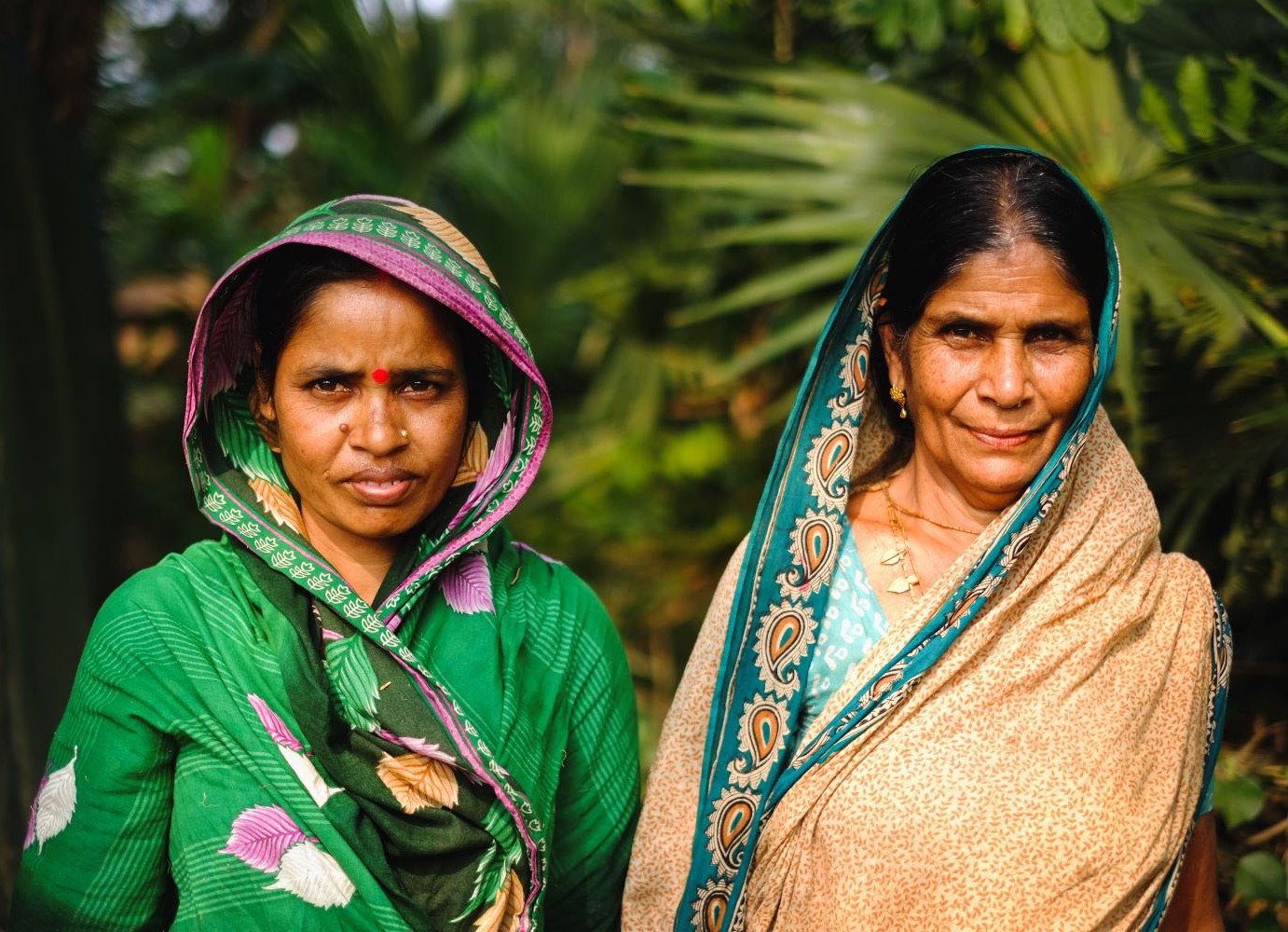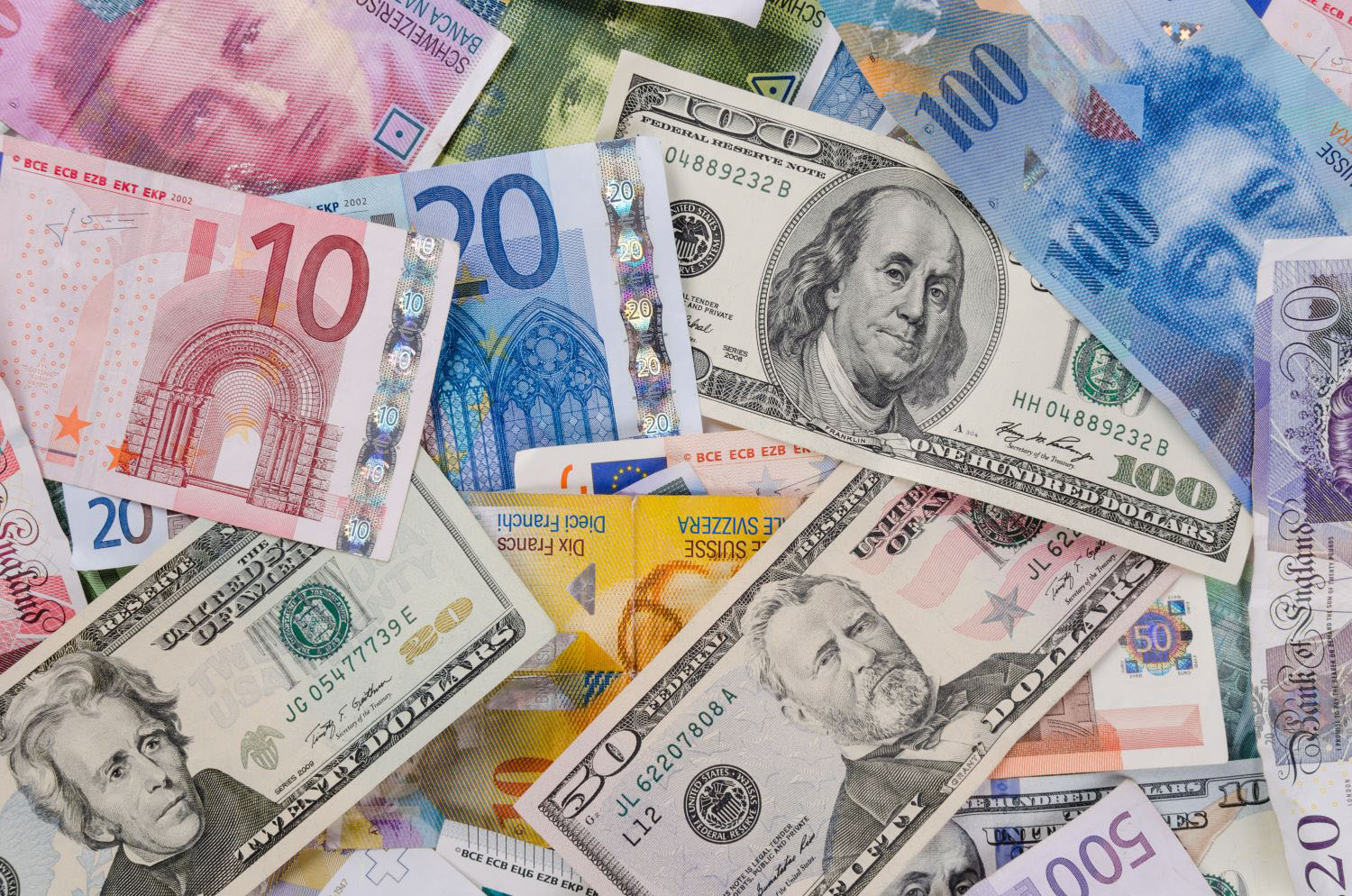Government officials across the world will sit down in conference rooms over the next year to rebuild the global development policy agenda.
For the last 14 years their lodestar has been the Millennium Development Goals or MDGs. Those goals will expire next year. As you read this, the United Nations is running a vast process to write the sequel, a new set of global development policy goals for many years to come.
Something surprising and exciting is germinating in that process.
Early drafts have emerged from those negotiations, and so far they include a central place for migration policy. Migration policy has a massive impact on development processes, both in low-income countries and globally. Migration is by far the most profitable investment available to many of the world’s poor, and the money that migrants send to developing countries dwarfs all foreign aid. But since migration is politically sensitive, I feared that the new goal-setters might choose the easy path and simply ignore it.
Ignoring it is what they did the last time around. The roadmap for the original MDGs, back in 2000, doesn’t say a word about migration as a positive force for development. It mentions international migration only in negative terms—highlighting abuse of migrants’ rights (para. 215), and the potential for migration to spread epidemic disease (para. 104). It does not mention remittances at all. As for domestic migration, that old roadmap only mentions rural-urban migration to claim that it “tends to increase poverty” (para. 119). In fact, domestic migration is the route out of poverty for many of the world’s poor.
But this time is different. Last month, the UN’s Open Working Group on Sustainable Development Goals finished a process of picking candidates for a new set of goals and targets. The group proposed this list of 17 possible new “Sustainable Development Goals” or SDGs. Over the next several months, the UN will seek to whittle these down to a more focused, consensus list of goals.
Here’s what the new goal-setters are saying about migration. They proposed a goal to “reduce inequality within and among countries”. Two ways to do that, the Open Working Group proposes, are to
facilitate orderly, safe, regular and responsible migration and mobility of people, including through implementation of planned and well-managed migration policies
and to
reduce to less than 3% the transaction costs of migrant remittances and eliminate remittance corridors with costs higher than 5%.
And as for domestic migration, the Open Working Group proposes this target:
support positive economic, social and environmental links between urban, peri-urban and rural areas by strengthening national and regional development planning.
This is bold, refreshing stuff, totally absent from the discussion back in 2000. I have three reactions.
The first is: hear, hear! These visionary statements by the Open Working Group are the signs of a big shift over the last decade and a half. Development policymakers are thinking about how to harness the power of migration for global development and plan for a mobile world. This is exactly the right thing to do, and decades of social science show that there is no alternative. If the SDGs are to be a serious roadmap for global development policy, they must seriously engage with migration policy.
Second, this progress is vulnerable. Over the next few months, UN negotiations all over the globe will take a knife to the Open Working Group’s 17 goals and 169 targets. Much will be cut, much will be compromised. But negotiators must not compromise on migration. Policymakers in the last few years have reached a broad consensus that migration, if properly regulated, can be a massive force for global development poverty reduction. If policymakers allow migration to slip out of the final set of goals, they’ll miss a big and rare opportunity for constructive influence.
Third, the text misses a subtle, but important aspect of the power of international migration to make the world a better place. Notice how the Open Working Group mentions international migration as a way to “reduce inequality within and among countries.” But it doesn’t say anything about reducing inequality among people of the world, which is something different.
Think about it: Suppose a person migrated from Ghana to the UK, in the process moving from the middle of Ghana’s income distribution to the middle of the UK’s income distribution. Inequality within and between the countries of Ghana and the UK—measured at the national level—hasn’t changed. But inequality among people of the world could have risen or fallen. If enough people get this opportunity, migration like this means that global inequality among people necessarily falls.
By defining the problem of global inequality to exist only “within and among countries,” the draft SDGs overlook the immense power of cross-border migration to reduce global inequality among people.
It’s not hard to fix. If the SDGs are really to serve as a grand vision of a world with equality of economic opportunity, the text should be amended with five little words to say: migration can “reduce inequality within and among countries and among the people of the world.”
Disclaimer
CGD blog posts reflect the views of the authors, drawing on prior research and experience in their areas of expertise. CGD is a nonpartisan, independent organization and does not take institutional positions.





